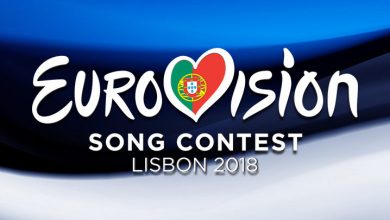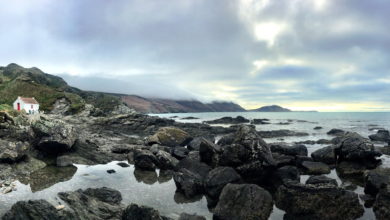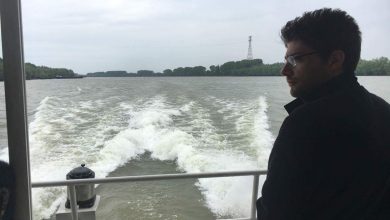
Months of darkness, endless loneliness, menacing mountains, barren landscapes, unpredictable rain showers, wintry temperatures under the midnight sun. We are talking about the last corner of our continent, the northernmost mainland of Europe: the North Cape (71°10’12” N). An attractive and impressive, yet so hostile area. What makes people want to conquer the North and, more importantly, what makes them stay?
The dream for discoverers: a Nordic boon and bane
“Being at the North Cape is not about what you see, it’s about what you feel” is a commonly-echoed sentiment by tourists who once breathed in the air of the Norwegian Sea. Leaning against the railing of the Knivskjellodden, one sees peaceful and glassy water. There is no land left. Only the bitter cold, unknown depths, strange species in the dark sea.
Behind one’s back lie all man-made problems, megacities, traffic chaos and utility bills. All of this suddenly seems obsolete – downright ridiculous. However, after a few hours, the inner reason wins, and one starts to long for the familiar home, where one can think about the few minutes of loneliness and freedom in Norway.

Back in 1664, the Italian priest Francesco Negri was the first tourist ever to put his feet on the rocky soil in order to quench his thirst for adventures. Nowadays, summertime is marked by uncountable tourist buses, caravans, and vans full of Scandinavia-lovers starting their odyssey from the south. In fact, the general transport links are via the longest north-south European route, the E45. Eventually, most of the tourists leave the area both in awe and in disgust. They all agree: “I could live here for a week or two, but not longer, otherwise I’ll go crazy”.
The economic construction: Sámi magic paired with Viking power
The county (fylke) Finnmark, where the North Cape is located, is home to various ethnic groups. The settlement of the indigenous people, the Sámi, goes back at least about 2000 years ago. Norwegians and Finns started settling from the 18th century on to expand the fish trade.
Nowadays, the 19 municipalities are centrally managed from the city of Vadsø, close to the Russian border. Finnmark is Norway’s largest area in terms of area and, with only 1.5 inhabitants per square kilometre, the least densely populated region.
However, it is also the province that exports most goods per capita. Fish farming and wind power maintain strong and sustainable economic growth. Agriculture and reindeer husbandry, on the other hand, remain in the hands of the Sami culture. The largest cities and main tourist destinations are Alta (19,000 inhabitants), known as the capital of Northern lights, and Hammerfest (9,700 inhabitants), a main landing stage for the Norwegian Coastal Express and ferry Hurtigruten, the Express Route.

The North Cape lifestyle: A Norwegian dream
If you ask a Norwegian from the geographically simpler south, the old prejudices are likely to come up: they are honest people who curse and drink a lot but who are also more polite and joyful. Locals, however, would tell you a different story.
“The region is like a big family. Everyone knows everybody. And most importantly, everyone gossips about everybody. It’s more fun than you might think”, joked the receptionist in a small privately-owned hotel in the northernmost town of Honningsvåg. He also emphasised: “I have been to all kinds of places in the world. It’s always a blessing to come here, there’s nothing where I’d rather live, my friend, I have everything I need.”
The town where he lives, which some might call a small village, is surrounded by sparse hills in summer and dense blankets of snow in winter. It has a pier with crystal clear water, a few small restaurants, fisheries and extreme slim allies between colourful houses. Honnigsvåg is a Norwegian textbook dream destination.
Concerning the young people’s social life, the local from the hotel explained that young people meet in the same old club in Honnigsvåg on the weekend. In this case, we are not talking about classic “country bumpkins”. In fact, many young people go to Oslo or Bergen to study and benefit from the exchange programmes. Some deliberately choose to return and stay for good.
In a nutshell, this lifestyle is confirmed by the local proverb: ensomhet er ikke å være alene, men å ikke ha noen å savne. Loneliness does not mean being alone, but not having anything to miss.





